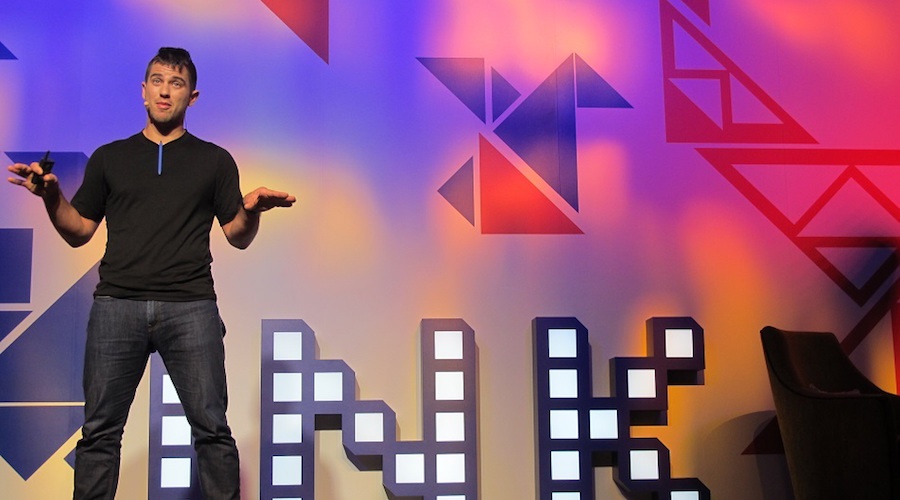What I know about bootstrapping hardware: Luke Iseman

For years now the Lean methodology has been all the rage: bootstrap, get a viable minimum product, ship it without further ado, see the reaction, adapt, see the reaction, adapt, continue until you’re a success.
This has surely proven successful for purely online startups. But what about hardware? Can you be lean when you have to engineer a product and manufacture it?
Luke Iseman thinks so.
This American entrepreneur cofounded three agriculture hardware startups, his goal being to offer individuals tools for personal sustainability including solar-powered garden sensors, off-grid shipping container homes, and bicycle taxis.
In 2015, he joined the Y Combinator accelerator as ‘Hardware Guy’. The accelerator has made hardware one of their priorities. On top of their usual services, they’ve identified partners to support their hardware startups throughout their product development lifecycle, and connect entrepreneurs with hardware alumni.
Success is not about patent and engineering. Companies succeed or fail because they do or do not make something that people fundamentally want. First you have to figure out who your customers are, then what they actually want, and then you ship and iterate. There is no secret there, you just have to do it. The best companies persistently iterate.
It’s ok if it breaks. It’s not traditional engineering. A startup is different from a big company where everything needs to work 100 percent of the time. I tell my startups they should be deploying their products as soon as they’re safe. It’s OK if they break a lot of the time, what matters is answering a need and getting feedback.
Iteration will tell you when to market. Produce 10 versions at a time, show them around, iterate based on the feedback, produce more. When you get to 100 versions and people want to buy it for the price you have in mind, then it’s time to do a production round or a crowdfunding campaign.
Understand your clients’ challenges. If you’re solving the right problem for a business, they will help you figure out the exact version of their problem. Sit down with them, ask them to explain their problem, share your vision. Have your customers guide you. It doesn’t matter if the product is only working half of the time if when it is working it’s solving a real problem.
People not companies will test your product. When it comes to B2B, find the right guy to talk to. Learning a bit about sales goes a long way. Companies are scary things when you think about them as companies but they’re actually just made out of a bunch of people. Most of them are willing to try new things, some are not. Talk to them and figure out who you’re going to help get a promotion by introducing your solution in the right way.
You don’t need to raise money. This whole venture capital thing is a very recent phenomenon in human history. Most businesses are someone making a little bit of something, and then selling it, and making a little more, and learning a little more. That’s the model. Capital is very much an acceleration. It makes you go faster, and if you’re going in the wrong direction it’s making you fail quicker.
Bootstrapping is getting easier. The whole manufacturing ecosystem is changing a lot too. Every factory wants to grow to be the next Foxconn, they want to find the startup that will help them do that. Factories are increasingly willing to work with startups, to be flexible with payment terms, to do more of the engineering, etcetera.
Create a product you’d like to see in the world. If you’re going to put in your blood, sweat and tears, you should make something that you really want to see exist in the world, and you should make it unique enough that a factory in China would accept to produce it at a lower cost.
Feature image via Ink Asia: Luke Iseman at Ink Asia 2016.


